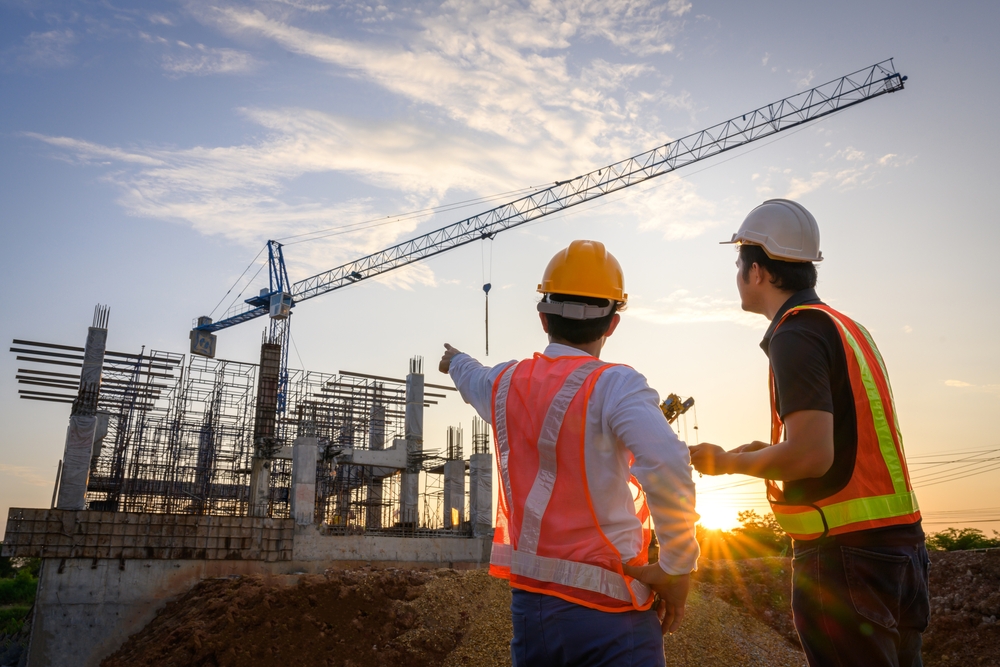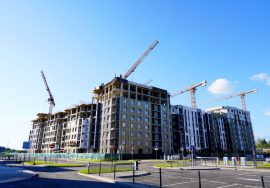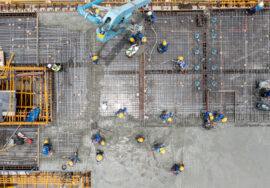Common Construction Risks and Strategies to Avoid Them
Common Construction Risks and Strategies to Avoid Them

Construction projects, regardless of their size or scope, are inherently complex and fraught with risks. From unforeseen site conditions to financial uncertainties, the ability to identify, assess, and mitigate risks is key to project success. In this guide, we explore the most common construction risks and provide strategies to avoid or manage them effectively.
Understanding Construction Risks
Construction risks refer to the uncertainties or potential issues that could negatively impact the project’s timeline, budget, or quality. These risks can arise from various sources, such as external factors, internal processes, or contract-related issues. Understanding these risks and having a proactive risk management plan is essential to avoid costly disruptions.
Common Construction Risks
1. Design Errors and Omissions
Design errors or omissions can lead to delays, rework, and increased costs. If the design isn’t thoroughly reviewed before construction begins, it can result in miscommunication, misunderstandings, and changes that disrupt the project.
Strategy: Involve all stakeholders early in the design process and perform thorough design reviews. Use Building Information Modeling (BIM) tools to improve accuracy and coordination between designers, architects, and engineers. Also, consider conducting peer reviews to identify and rectify potential issues before construction starts.
2. Scope Creep
Scope creep occurs when project requirements expand beyond the original plan. Changes in project scope, whether driven by the client or discovered during the build, can lead to delays, increased costs, and scheduling conflicts.
Strategy: To avoid scope creep, clearly define the project scope and objectives during the planning stage. Implement a change management process where all proposed changes are reviewed, approved, and integrated into the project plan. Regular communication with the client ensures that any changes are discussed and evaluated for their impact on time and budget.
3. Unforeseen Site Conditions
Unexpected site conditions, such as hidden utilities, contaminated soil, or groundwater, can disrupt construction schedules and increase costs. These risks are often difficult to predict and can have a significant impact on project execution.
Strategy: Conduct a thorough site investigation before breaking ground. This includes soil testing, utility mapping, and environmental assessments. The more information available about the site, the fewer surprises there will be. Contingency plans and allowances for unforeseen conditions should also be built into the budget.
4. Labor Shortages
Labor shortages or insufficiently skilled workers can slow down progress and affect the quality of work. Construction projects rely heavily on the availability of skilled labor, and shortages can lead to delays and increased costs.
Strategy: Plan ahead for labor needs by coordinating with subcontractors and workforce suppliers early in the process. Ensure workers have the necessary skills and certifications, and consider cross-training employees to cover multiple roles. Building strong relationships with labor providers can also ensure reliable workforce availability.

Design-and-Build-Service
5. Safety Hazards
Construction sites are prone to safety risks, including falls, equipment accidents, and exposure to hazardous materials. Injuries not only pose a danger to workers but can also cause delays, increase insurance costs, and damage the project’s reputation.
Strategy: Implement a comprehensive safety management plan, including regular safety training, risk assessments, and site inspections. Provide personal protective equipment (PPE) and ensure that workers follow safety protocols. Continuous safety monitoring and promoting a culture of safety awareness can significantly reduce the likelihood of accidents.
6. Weather Delays
Adverse weather conditions, such as heavy rain, extreme temperatures, or storms, can halt construction activities and cause significant delays.
Strategy: Weather-related risks can be mitigated by building flexibility into the project schedule. Plan for possible delays during seasons prone to extreme weather, and use weather forecasts to adjust the work plan accordingly. For critical tasks, have contingency measures in place, such as covering materials or using temporary shelters.
7. Financial and Budgetary Risks
Construction projects are notorious for budget overruns. Financial risks can arise from inaccurate cost estimates, unexpected expenses, or cash flow issues.
Strategy: Begin with a realistic budget and include contingencies for unforeseen costs. Use detailed cost estimates and continuously monitor project spending. Implement cost control measures, such as regularly reviewing financial reports and approving expenses, to keep the project within budget. Securing reliable financing and progress payments also helps manage cash flow.
8. Contractual Risks
Poorly defined contracts can lead to disputes, delays, and additional costs. Misunderstandings about responsibilities, timelines, or payment terms can escalate into legal issues.
Strategy: Ensure that contracts are clear, comprehensive, and properly allocate risk between all parties. Contracts should cover all project aspects, including timelines, payment schedules, scope of work, and dispute resolution processes. Legal counsel should review contracts to avoid ambiguities that could lead to future disagreements.
9. Material Supply Chain Issues
Delays in material deliveries or shortages can slow down construction progress, while fluctuations in material prices can increase project costs.
Strategy: Build strong relationships with suppliers and order materials well in advance of when they are needed. Consider entering long-term agreements to lock in prices and ensure a reliable supply. Maintaining good communication with suppliers allows for quick adjustments in case of disruptions.
10. Delays in Permits and Approvals
Waiting for permits or regulatory approvals can halt construction and extend the project timeline.
Strategy: Apply for permits as early as possible, and build extra time into the project schedule to accommodate any potential delays. Having a solid understanding of local regulations and maintaining good relationships with regulatory bodies can help expedite the approval process.
Conclusion
Effective risk management is crucial to the success of any construction project. By identifying common risks—such as design errors, labor shortages, or safety hazards—and implementing proactive strategies, project managers can prevent delays, control costs, and ensure that projects are completed on time and within budget. Continuous risk monitoring and adjustment throughout the project lifecycle ensure that any emerging risks are addressed promptly.
For more guidance on managing risks in construction projects, contact us today.
External Resources for Legal Guidance
Common Construction Risks and Strategies
Read more related articles to enhance your knowledge and make informed decisions
10 Essential Steps in the Building Construction Process
How to Choose the Right Materials for Your Construction Project








